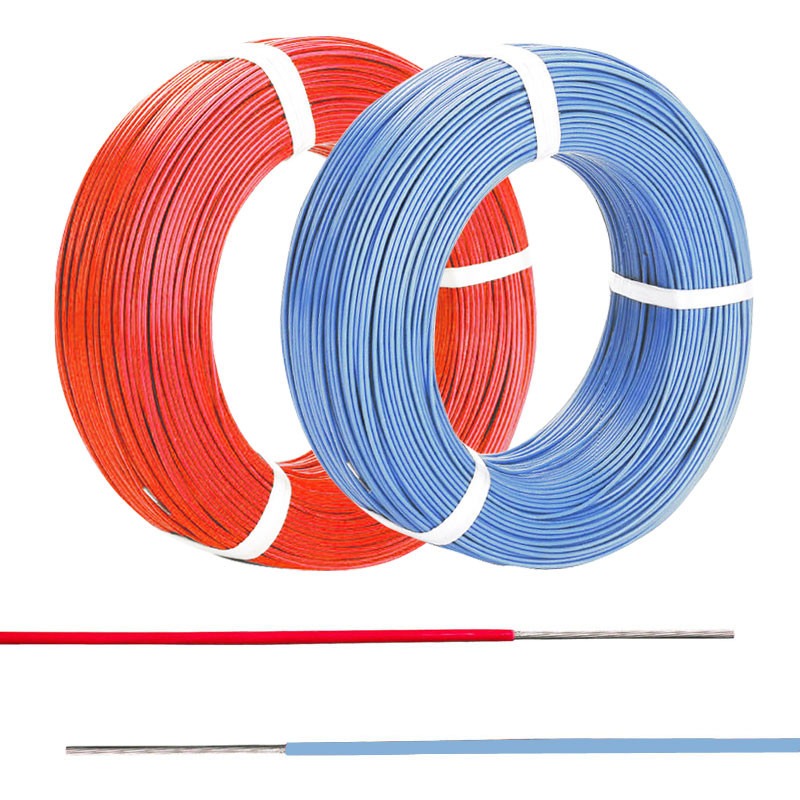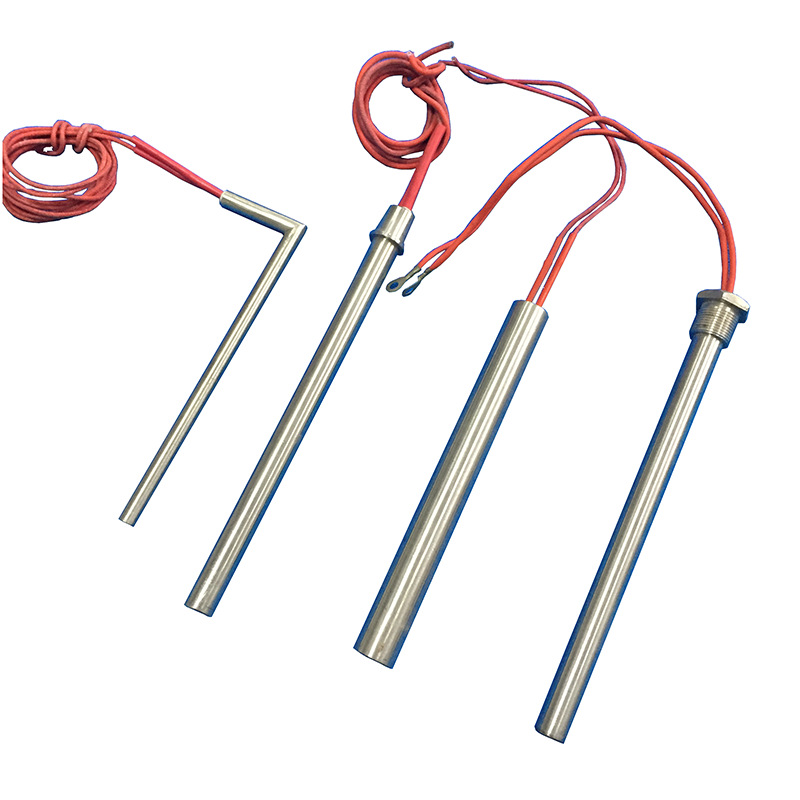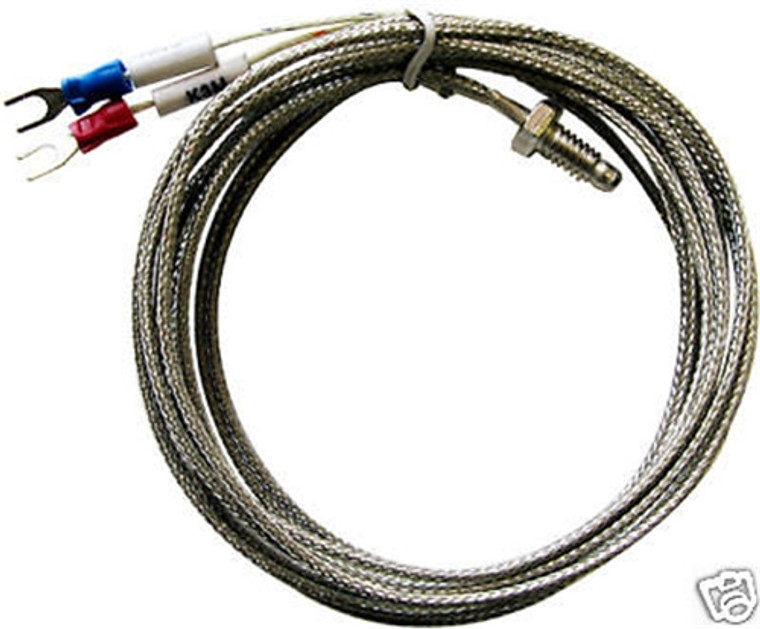In industrial applications, maintaining precise temperatures is critical. Whether it’s for plastic extrusion, injection molding, or other manufacturing processes, consistent heat is necessary for quality and efficiency. This is where a band heater becomes essential.
As one of the most effective heating tools, a band heater offers controlled heat exactly where it’s needed, making it indispensable in many industrial settings. In this guide, we’ll break down what a band heater is and why it’s crucial for numerous applications.
What is a Band Heater?
A band heater is a heating device primarily designed to encircle cylindrical parts, such as pipes, barrels, or nozzles, and generate heat for processes requiring uniform thermal distribution. It’s essentially a “belt” heater, wrapping around the cylindrical surface to maintain or elevate its temperature.
Band heaters are widely used in various industries, including plastics, chemical processing, and food manufacturing.
How Does a Band Heater Work?
Band heaters operate through electrical resistance. When an electric current passes through the heater’s resistive element, heat is produced. This heat then transfers from the band heater to the external surface of the cylinder or pipe it encases. The key components in a band heater include:
- Heating Element: Often made from nickel-chromium (Ni-Cr) wire, which converts electric current into heat.
- Insulation: Reduces heat loss, ensuring efficient energy transfer to the target area.
- Outer Sheath: Protects the heater and user from exposure to the heating element. It’s usually made from materials like stainless steel or mica.
Advantages of Using a Band Heater
Using a band heater offers several benefits in industrial applications. Here’s why they are preferred for precision heating:
- Energy Efficiency: Band heaters are designed to transfer heat directly to the surface they are wrapped around, minimizing energy loss.
- Even Heat Distribution: The cylindrical shape ensures that heat is spread evenly, which is crucial for maintaining product quality.
- Precise Temperature Control: Advanced band heaters allow for highly specific temperature adjustments, enabling efficient and consistent heating.
- Space-Saving Design: Their compact form means they don’t require extensive installation space, making them suitable even for confined areas.
How to Choose the Right Band Heater
Selecting the appropriate band heater for your application can significantly impact energy efficiency and performance. Consider these factors:
- Temperature Requirements: Choose a heater type (mica, ceramic, mineral-insulated, or silicone) based on the temperature range required.
- Size and Fit: Ensure the band heater fits securely around the cylinder or pipe to prevent heat loss.
- Environmental Conditions: If the environment is prone to moisture, a silicone band heater may be best due to its moisture resistance.
- Durability: For heavy-duty applications, mineral-insulated heaters offer the highest durability and performance.
Maintaining Your Band Heater for Optimal Performance
Routine maintenance of band heaters can extend their lifespan and ensure continuous efficiency. Here are some best practices:
- Inspect Regularly: Check for signs of wear, corrosion, or damaged insulation.
- Clean Periodically: Remove any dust or residue on the heater to prevent overheating.
- Secure Connection: Make sure electrical connections are tight and free from damage to avoid energy loss or electrical issues.
- Temperature Calibration: Regularly test the heater’s temperature accuracy to prevent overheating and ensure consistent performance.
Final Words
A band heater is indispensable for industrial applications requiring precise temperature management. For those considering reliable industrial heating solutions, band heaters present a smart investment to streamline processes while keeping costs manageable.














